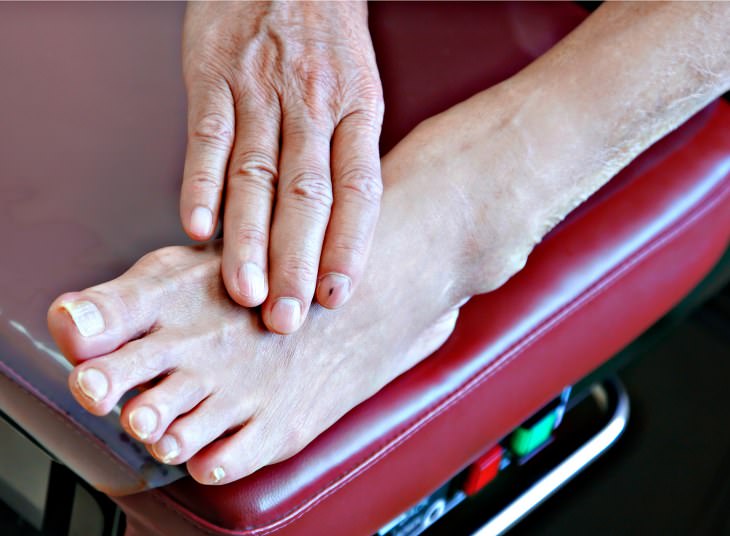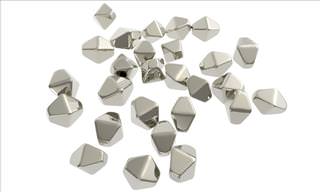
1. Prevention
As the popular saying goes, prevention is better than cure, and this certainly rings true when it comes to diabetic neuropathy. According to Caroline Messer, MD, an endocrinologist at Lenox Hill Hospital in New York City, you can prevent the onset of diabetic neuropathy by "keeping blood sugar - glucose - under tight control." This means that you should plan your diet carefully, get yourself checked frequently, and take certain medications regularly. Messer says that "we can treat blood sugar with insulin or add on new classes of blood-sugar-lowering drugs to bring glucose down to where it should be.” You should also make all of the regular lifestyle changes that you’d make for diabetes in general, such as stopping smoking and maintaining a healthy weight.
2. Anti-Seizure Medication
The American Diabetes Association recommends using the anti-seizure drug pregabalin (Lyrica) as your first resort when trying to deal with diabetic neuropathy. Such medication is believed to relieve pain by interfering with pain signals sent by damaged nerves.
3. Antidepressants
Antidepressants have been found to not only help deal with depression that diabetic neuropathy can cause but also the physical discomfort that accompanies it. Doctors recommend using antidepressants if anti-seizure medications, such as Lyrica, have not reduced the pain to bearable levels, since they may have a better effect when coupled together.

4. Lidocaine
According to Dr. Messer, topical lidocaine, in gel, spray or patch form, could serve as a decent diabetic neuropathy treatment. She says that "patches can’t be placed on the feet and hands, but this is an OK approach for nerve pain in the legs and arms.” Since lidocaine is a topical form of treatment, the risk of any side-effects developing is a lot lower than other oral treatments.
5. Painkillers
If you've tried all of the above methods, but are still in pain, then you might want to ask your doctor to prescribe opioid painkillers. Be warned though, such painkillers come with their fair share of risks, including addiction and possibility of fatally overdosing, so you should always follow your doctor's advice when making use of them. In fact, the ADA recommends only using opioids if all other possible treatments have failed to ease the pain.
6. Capsaicin
Capsaicin is the component that gives chili peppers their famous spicy kick, and which has now been found to help ease nerve pain by applying a numbing sensation to the affected area. Over-the-counter strengths of capsaicin may not always be strong enough to ease your pain, so you should visit your doctor to get the most appropriate form available.

7. Botox
It's a commonly known fact that the botulinum toxin, found in Botox, causes temporary muscle paralysis, which is how it ends up erasing your wrinkles. However, such paralysis also results in a numbing of the nerves, which is why it has been found to be so effective in reducing the pain caused by diabetic neuropathy.
8. Proper Foot Hygiene
When you suffer from diabetic nerve pain, the numb sensations that can end up affecting your feet could end up leading to an infection, or worse... This is why you'll need to make an extra effort to keep your feet as clean as possible at all times. Dr. Messer says that "you lose sensation, and, because of this, you are much more likely to get a wound, and we know wounds heal slowly,” and that you should "check your feet for cracks, fissures, and calluses. If you catch them early, you can fix them using special shoes or creams to prevent progression.”
9. Antioxidants
Antioxidants like alpha-lipoic acid (ALA) can also aid in treating diabetic nerve pain. Research shows that ALA could be a quicker solution than most other treatments when it comes to dealing with numbness, muscle strength, and sensory deficits. It will also help to ease your pain at the same time. What's fascinating is that it can do all of this, without causing you to experience many of the unwelcome side effects which are often associated with other diabetic nerve pain therapies.
10. Vitamin D
Studies have shown that many people who suffer from diabetic neurosis are deficient in vitamin D. One study, in particular, showed that giving a sufferer a single shot of vitamin D (600,000 IU) caused them to feel a lot less pain for quite a number of months. The benefits were found to peak at around 10 weeks after the shot, and often lasted as long as 20 weeks.
Source
Images
Check out our other guides on diabetes
 Go to BabaMail
Go to BabaMail



























